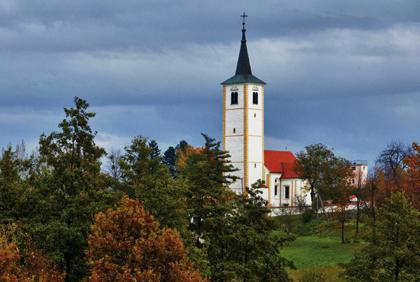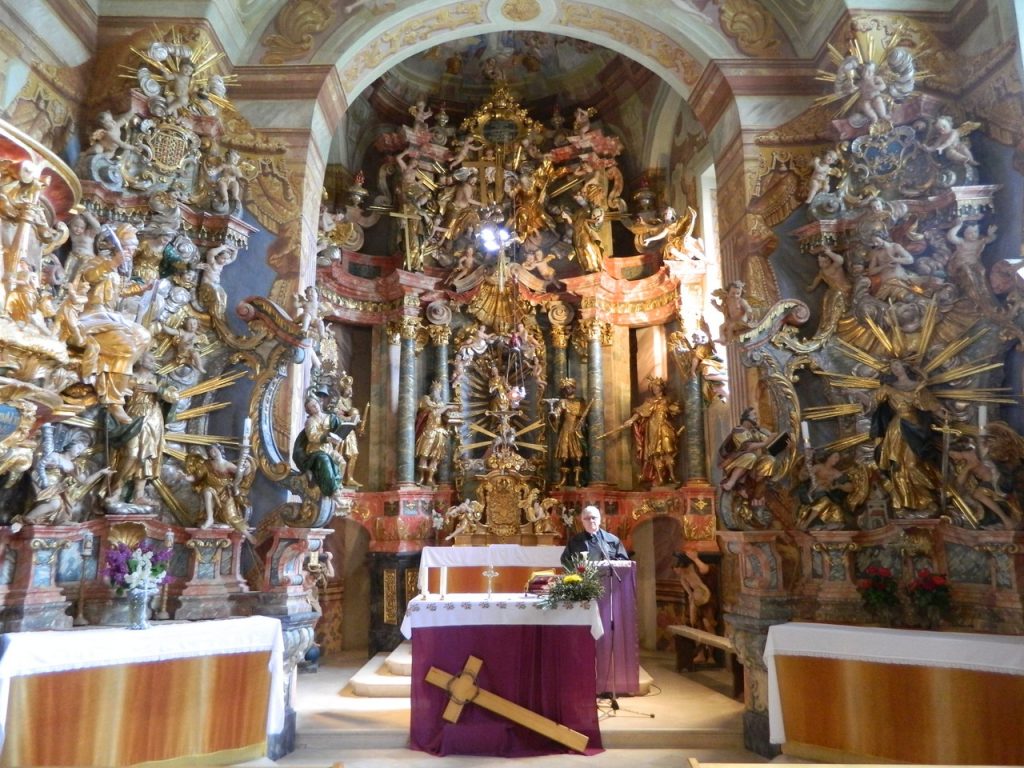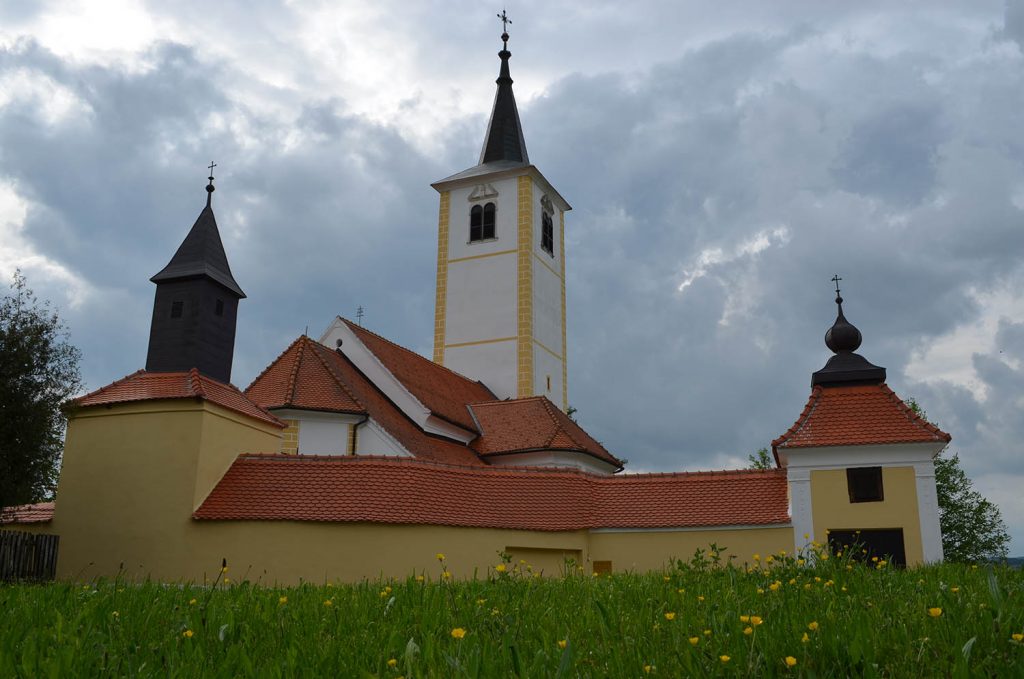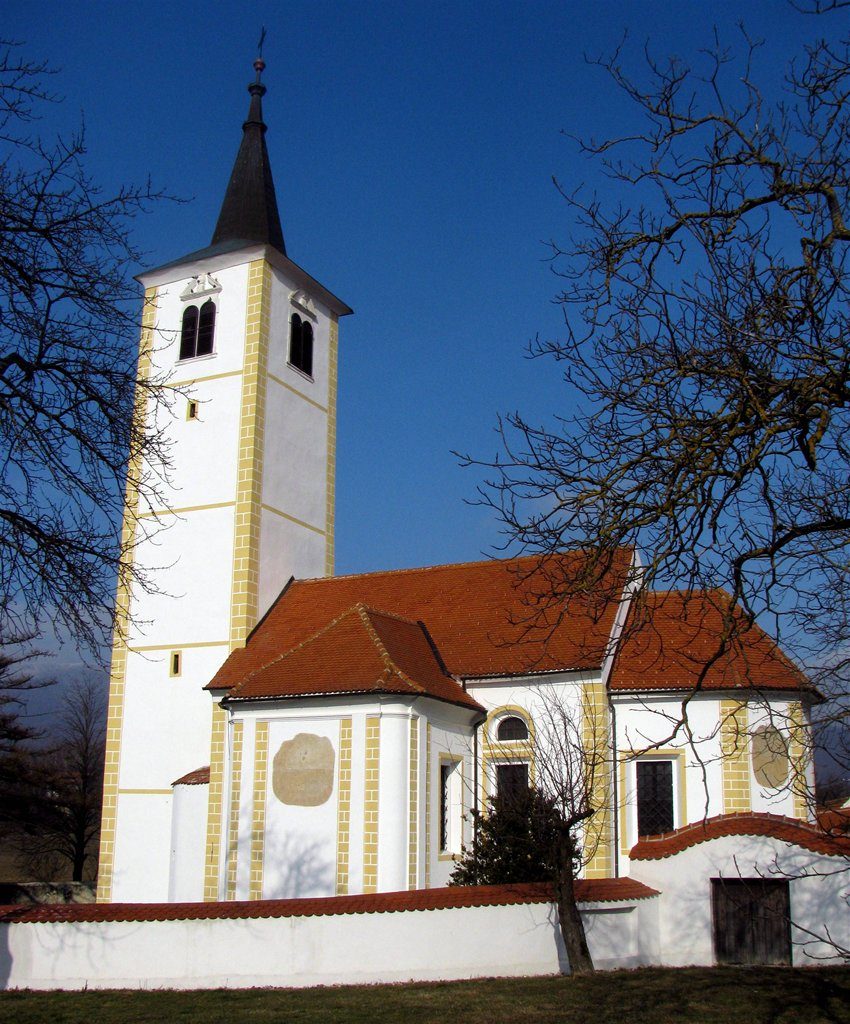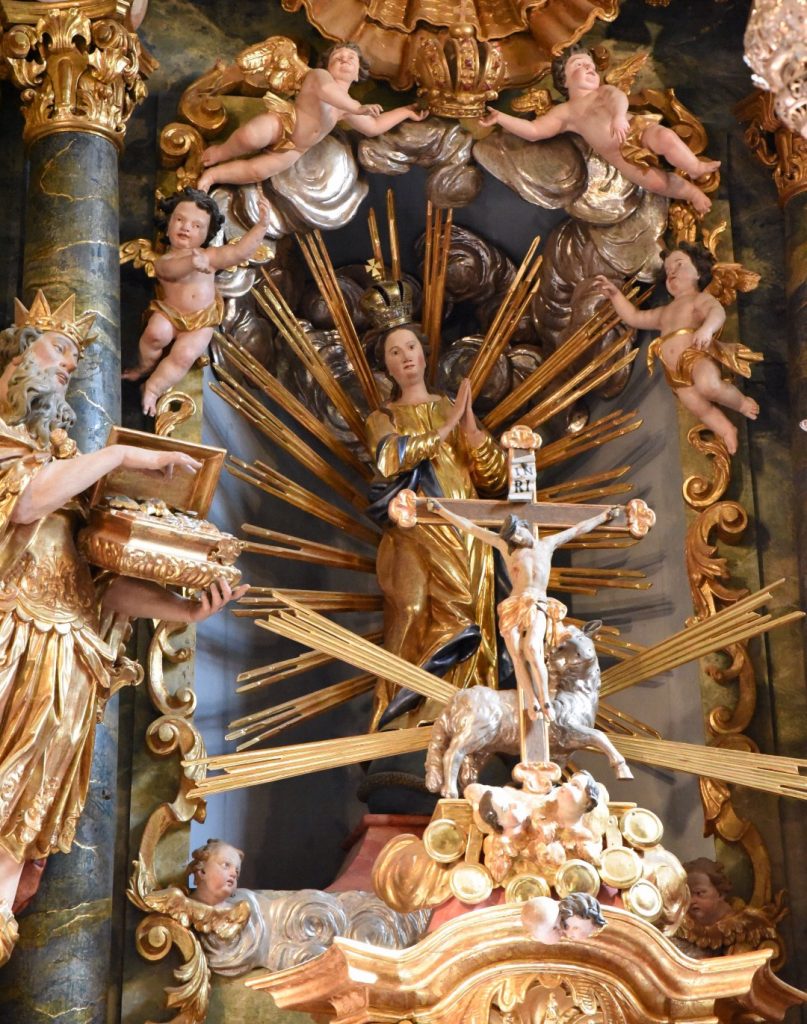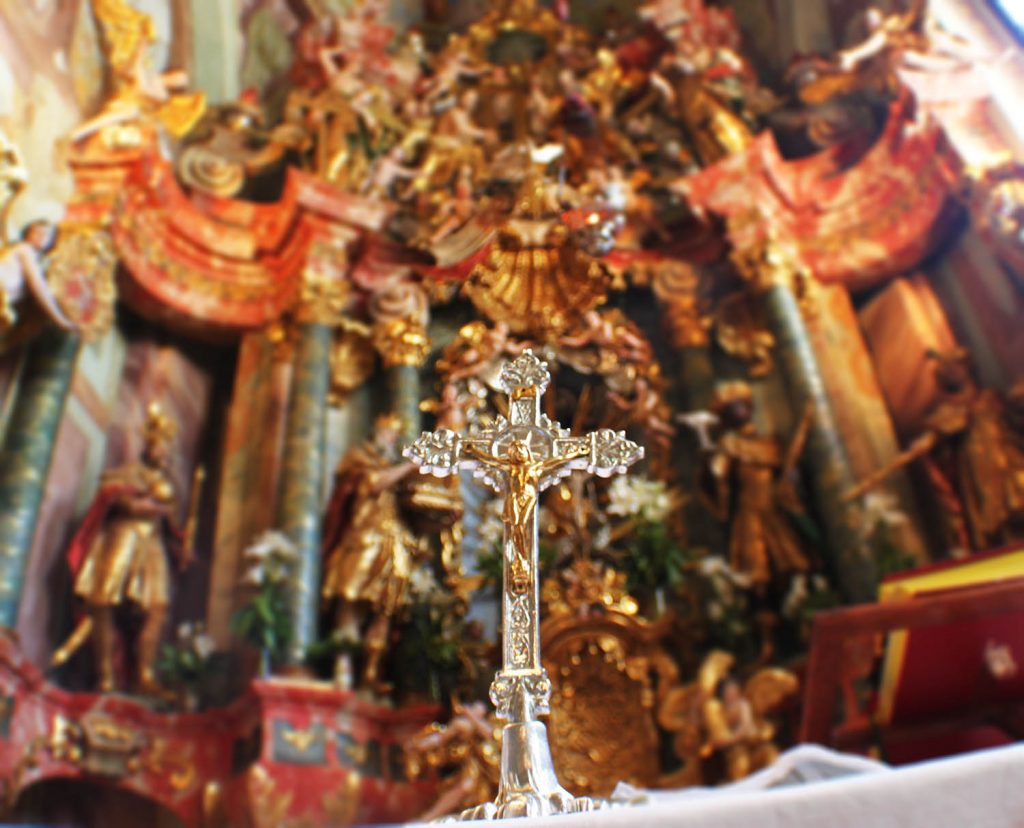It all started when Elizabeth Keglevic, widow of Juraj Erdödy, in a place called Kostanjevec in 1674. in the late Gothic style built the church as its endowment.
According to the record preserved in the memorial of the Parish of Belek, the work of the tireless chronicler of the time, Vjekoslav Noršić, the first building was poorly constructed so that no permanent repairs prevented it from collapsing. The site of the demolished church was finally from 1739 onwards. to 1741.g. solid church built thanks to parish priest Paul Kunek. With his ability to involve prominent and powerful donors in this project, this church became the most famous Baroque monument in all of Croatia. Anonymous writer 1758.g. left us a manuscript description of the church preserved in the Archives of the Croatian Academy of Sciences and Arts.
The unusually irregular layout of the shrine and side chapels suggests the use of the old walls of the late Gothic chapel. The church, by its simplicity on the outside, does not make it a representative building. Only the cintor with the baroque angular towers suggests that the Mother of God Snow is heading for important and reputed forgiveness. Although the first impression is modest in appearance, the interior opens in full splendor: Atlanta, Heracles, Samson in lion’s skin, four tall Corinthian columns, semicolumns, pilasters, cartouches dominate the midst, dominated in the middle by a statue of Our Lady of the Snows surrounded by golden rays and angels. On the side are statues of St. The Three Kings and the Kings of Sts. Stephen. On the rocks on the left and right of the altar are angels with the coats of arms of Baltasar Bedekovic Komorski and his wife, Rosalia Somogy, at whose expense in 1743. the altar erected. The most beautiful part of this altar is considered the highest plan with the Holy Trinity, Vol. Helen and St. Rosalie, with unavoidable angels.
There is no beauty behind the side altar dedicated to St. Joseph. The great volutes include the apostles of Sts. Matija i sv. Ivan. The right side altar is dedicated to St. Barbara, and somewhat more modest than these sumptuous Baroque altars, is the altar of Sts. Rosary and the altar of St. Stephen the First Martyr. The church was consecrated by Bishop Stephen Putz on August 12, 1750.
Among the many magnificent details of this shrine stands out a pulpit, which renowned art historian Artur Schneider says can stand “side by side with the most beautiful German pulpit in Wilhering (performed almost at the same time), and perhaps surpass it.” It is surrounded by reliefs with scenes of dancing around a golden calf, the dream of Patriarch James and other Old Testament motifs. The lively colored fence of the choir shows us the Tree of Knowledge, whose additional theological story is told by the presence of the Blessed Virgin Mary, Adam and Eve with angels. The statues are made in wood with rich gilding. All of this, with lavish ceiling murals, among which the ones in the chapel of St. Stephen the Martyr, forms a unique and perfect harmony. The painting part of the work was entrusted to the famous John the Baptist Ranger, who tirelessly painted many Pauline churches such as those in Lepoglava, Purgas, Saints … in his picture the legend of the title “Mary of the Snows” is preserved: it is about Mary’s apparition in Roman Esquilin Hill covered with snow in the middle of summer.
Directions

